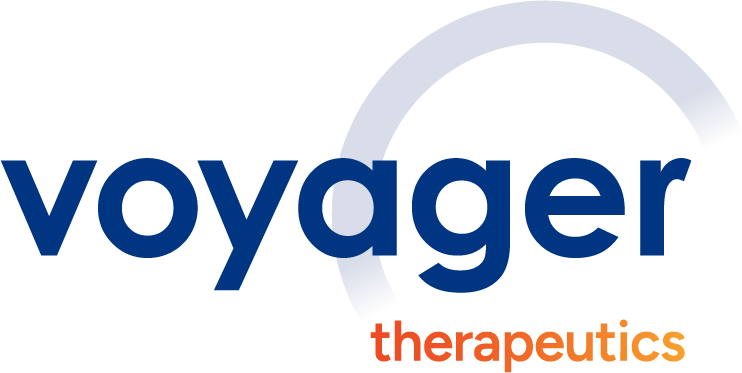Release Details
Voyager Therapeutics Presents Positive Preclinical Data Supporting CNS-Directed GBA1 Gene Therapy at Virtual Congress of the European Society of Gene and Cell Therapy
“These encouraging preclinical results demonstrate that a single IV dose of GBA1 transgenes transported by a blood-brain barrier penetrant AAV capsid can effectively deliver therapeutically relevant levels of GBA1 protein to multiple brain regions of mice. Notably, the increase over endogenous GCase levels in the range of 300% - 660% is promising given increased GCase levels of 30-50 percent is anticipated to be clinically impactful,” said
Data presented at ESGCT demonstrates that AAV gene transfer of GBA1 transgenes in the cells of mouse models significantly reduced GCase enzyme activity and the accumulation of glycosphingolipids compared to non-AAV delivery. The treatment was well tolerated at all doses and resulted in the safe delivery of therapeutically relevant levels of GBA1 protein to multiple brain regions in mice. Key findings included:
- AAV vector optimized GBA1 achieved widespread distribution and sustained correction of GCase activity after IV administration in WT mice.
- Consistent voltage gated (VG) distribution and GCase activity was observed across the CNS following IV delivery.
- IV administration of BBB-penetrant capsid optimized GBA1 transgenes at a high dose resulted in approximately a 300% – 660% increase over endogenous GCase levels, suggesting the potential for dose reductions given that increased GCase activity of 30% - 50% is anticipated to be clinically impactful.
- Results validate GBA1 transgene-level DRG tissue-detargeting approach in vitro.
About GBA1 Mutations
The GBA1 gene encodes the lysosomal enzyme β-glucocerebrosidase (GCase) and GBA1 loss of function results in GCase deficit and cellular build-up of glycosphingolipid-substrate. In patients with GBA1 mutations, decreased levels of GCase can result in accumulations of lipids in the body, driving a number of diseases include Gaucher disease, Parkinson’s disease, and Lewy body dementia. While enzyme replacement therapies can have clinical impact, they fail to adequately cross the blood-brain barrier to address disease in the CNS.
About
voyagertherapeutics.com LinkedIn Twitter
Forward-Looking Statements
This press release contains forward-looking statements for the purposes of the safe harbor provisions under The Private Securities Litigation Reform Act of 1995 and other federal securities laws. The use of words such as “may,” “might,” “will,” “would,” “should,” “expect,” “plan,” “anticipate,” “believe,” “estimate,” “undoubtedly,” “project,” “intend,” “future,” “potential,” or “continue,” and other similar expressions are intended to identify forward-looking statements.
For example, all statements Voyager makes regarding the positive nature of the preclinical data presented at the Annual Congress of the
All forward-looking statements are based on estimates and assumptions by Voyager’s management that, although Voyager believes such forward-looking statements to be reasonable, are inherently uncertain. All forward-looking statements are subject to risks and uncertainties that may cause actual results to differ materially from those that Voyager expected. Such risks and uncertainties include, among others,; the continued development of various technology platforms, including Voyager’s TRACER platform; Voyager’s scientific approach and general development progress, including in particular with respect to the GBA1 program; the ability to develop, manufacture and optimize capsids that effectively deliver relevant levels of GBA1 protein to multiple brain regions the ability to attract and retain talented contractors and employees; the ability to create and protect intellectual property; the sufficiency of cash resources; These statements are also subject to a number of material risks and uncertainties that are described in Voyager’s most recent Annual Report on Form 10-K filed with the
Voyager Contacts
Investors
Investors@voyagertherapeutics.com
Media
ssantiamo@vygr.com

Source: Voyager Therapeutics, Inc.


